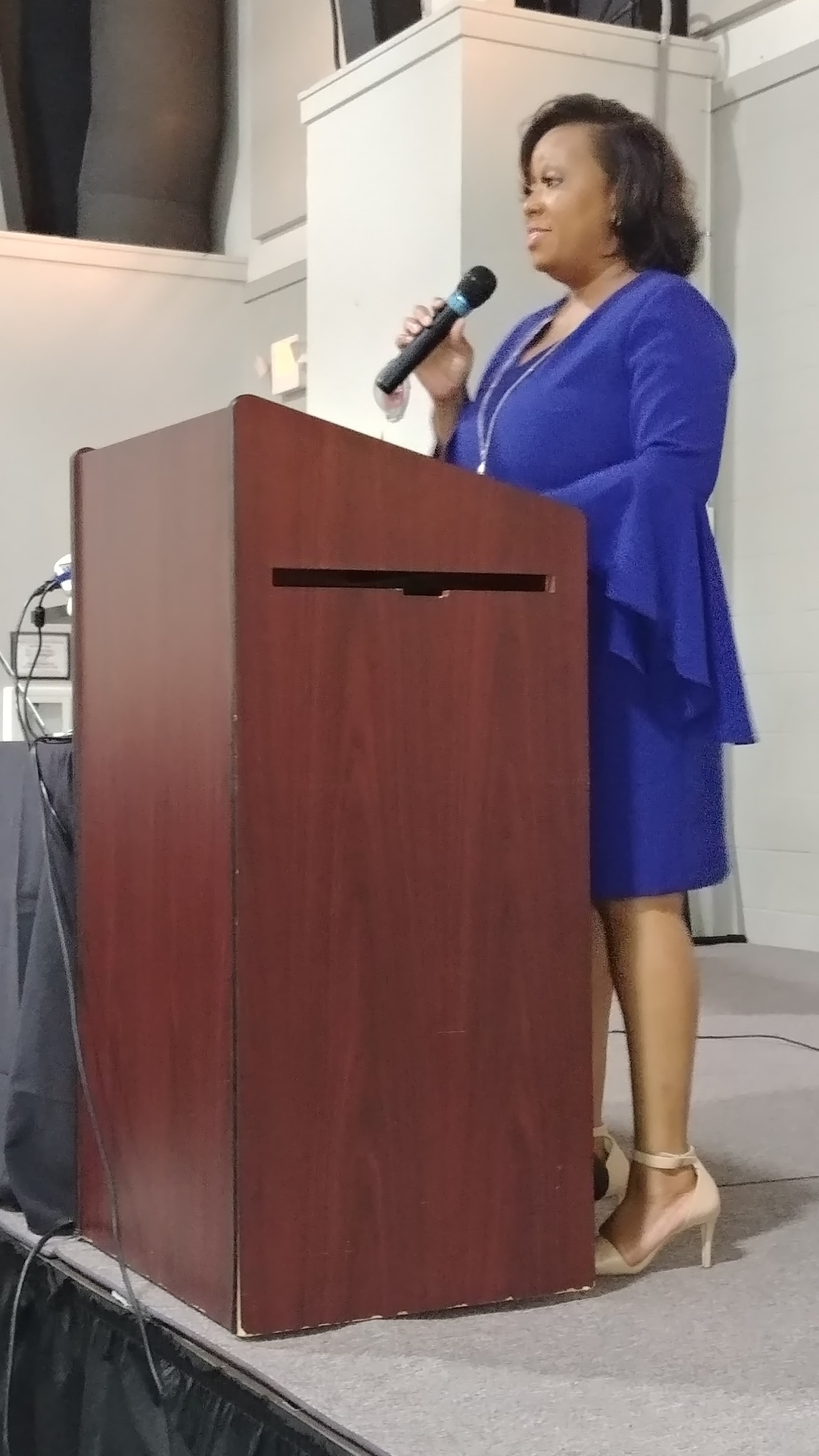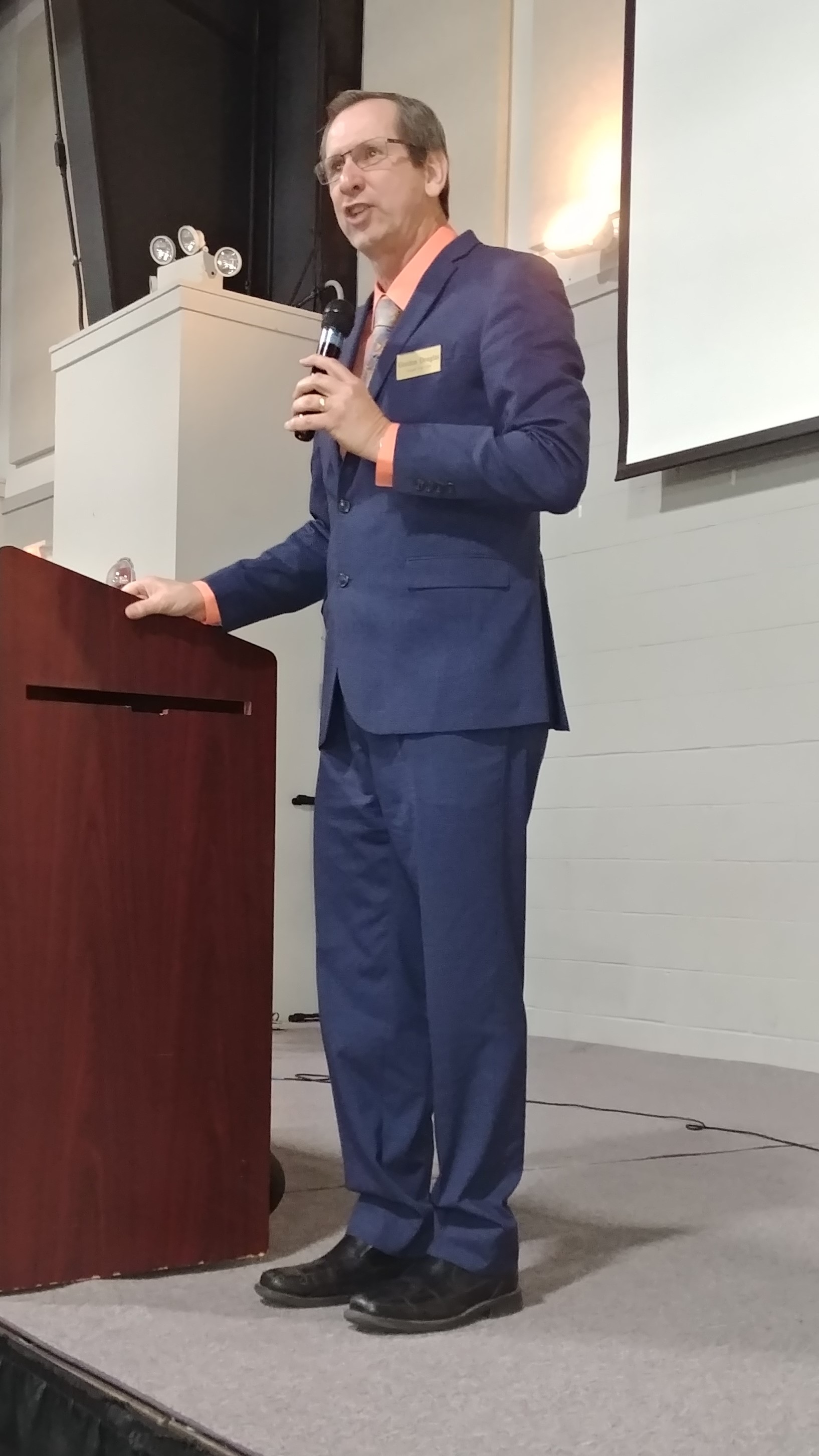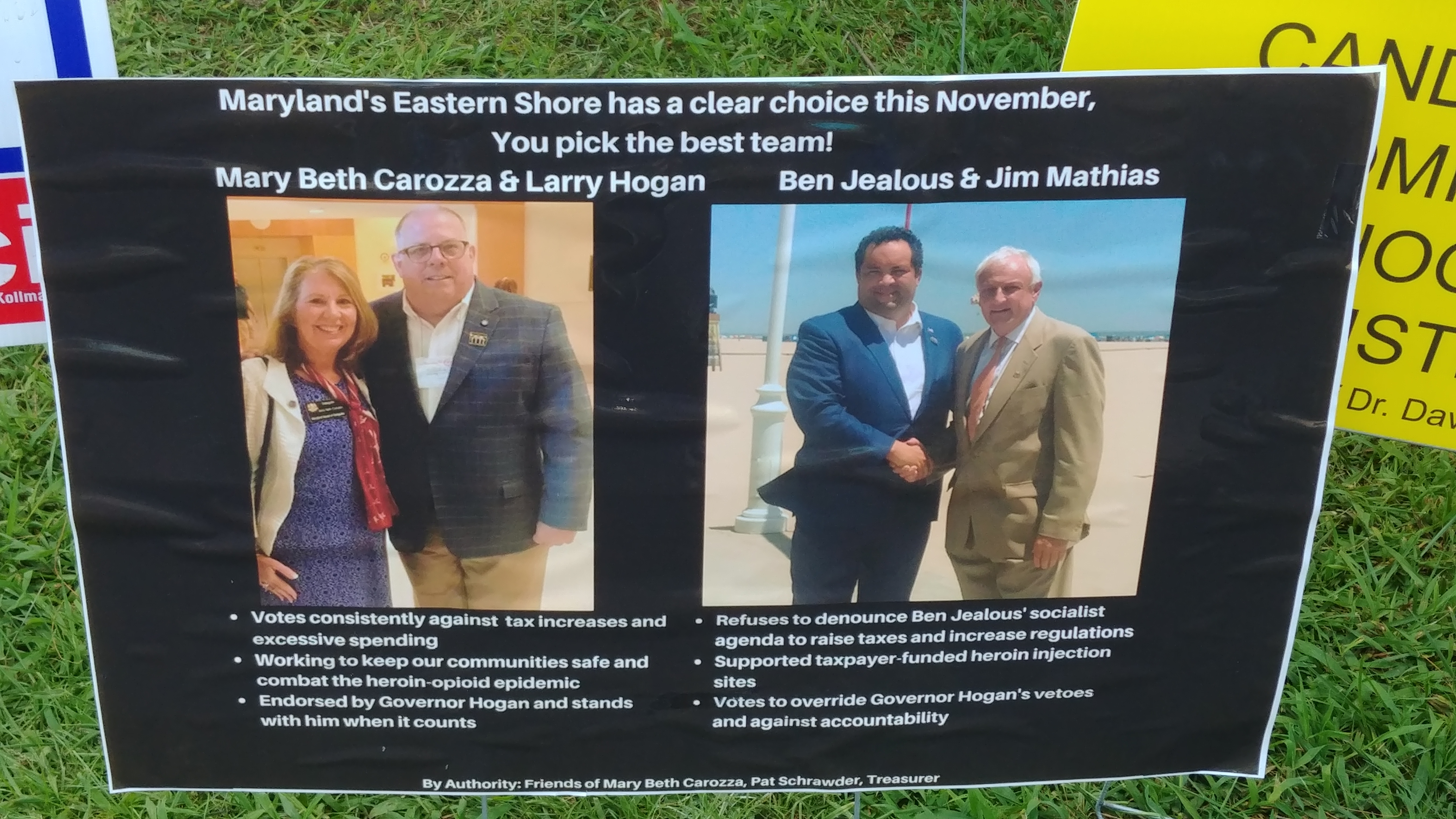We have reached the point where the perceived inability of Congress to do something – anything – about stemming a tide of illegal immigration across our southern border with Mexico has led President Trump to declare a state of emergency, the preamble of which follows:
The current situation at the southern border presents a border security and humanitarian crisis that threatens core national security interests and constitutes a national emergency. The southern border is a major entry point for criminals, gang members, and illicit narcotics. The problem of large-scale unlawful migration through the southern border is long-standing, and despite the executive branch’s exercise of existing statutory authorities, the situation has worsened in certain respects in recent years. In particular, recent years have seen sharp increases in the number of family units entering and seeking entry to the United States and an inability to provide detention space for many of these aliens while their removal proceedings are pending. If not detained, such aliens are often released into the country and are often difficult to remove from the United States because they fail to appear for hearings, do not comply with orders of removal, or are otherwise difficult to locate. In response to the directive in my April 4, 2018, memorandum and subsequent requests for support by the Secretary of Homeland Security, the Department of Defense has provided support and resources to the Department of Homeland Security at the southern border. Because of the gravity of the current emergency situation, it is necessary for the Armed Forces to provide additional support to address the crisis.
“Presidential Proclamation on Declaring a National Emergency Concerning the Southern Border of the United States,” February 15, 2019
My reading of the actual directive – which is not long at all, just 629 words – is that, under the National Emergencies Act of 1976 (which would have been passed by a Democrat-controlled Congress under President Ford) the President is authorizing the use of military personnel and funds to build a border barrier in the most vulnerable places. I’m going to presume that it’s going to be the style of wall such as this prototype.

Naysayers, of course, make the claim that such a wall could be cut through to go with the other claims that a wall can be tunneled under or flown over. Of course, these statements are true but unless the average person has superhuman strength or a MacGyver-like streak of ingenuity with objects carried on one’s person – since I don’t think most would-be border-crossers have a steel-cutting saw, extension cord, and a few spare hours to cut through several inches of steel nor did they bring a backhoe with them to dig a tunnel – I think such a barrier will keep most people out or (as they are really supposed to) funnel them to more easily-guarded ports of entry. It’s part of an “all of the above” border security solution, not the be-all and end-all for the problem.
(To truly solve the issue of illegal immigration, though, we don’t just need border security but also to eliminate the carrots that attract illegal aliens: an end to chain migration and birthright citizenship as well as a crackdown on those who knowingly hire illegal immigrants. One would think there is a way to check whether they have duplicate Social Security numbers, forged work visas, or other phony documentation.)
The first question then becomes whether this state of emergency is Constitutional. (Well, if it isn’t first on your mind it really should be.) It took nanoseconds for this to be brought into court, so how should a court decide this?
In such times as this I lean on expert advice, so I looked at what those close to the Constitution Party have to say. This piece from KrisAnne Hall, who bills herself as a “Constitutional Attorney,” says, no, there is not Constitutional justification for the state of emergency. On the other hand, there is Constitutional justification for Trump’s actions in general, argues “Publius Huldah,” a pseudonym for another attorney, Joanna Martin. Thus, the answer would seem to be that a state of emergency wasn’t needed but President Trump couldn’t just capriciously move the money so he chose to use that route instead of citing some of the Constitutional points Publius Huldah did.
From the other side of the spectrum, you get this paranoid article in The Atlantic written by attorney and Brennan Center legal analyst Elizabeth Goitein, who posits that Trump would use these emergency powers to conjure up a reason to disrupt the 2020 election. More of a mainline, comparative view comes in this assessment by William B. Fisch, then a law professor at the University of Missouri School of Law (now professor emeritus, as this was written in the early 1990s.) Fisch argues that the courts have generally deferred to government during times of crisis, snapping back to normal if the subject is questioned and reviewed after the crisis has passed.
In this case, the crisis will likely pass when the first of two differing possibilities occurs: one, the barrier is built to President Trump’s satisfaction, or, secondly, a Democrat becomes President – in that case, the state of emergency regarding the border will be immediately rescinded.
This leads to the second part of the question, which stems from the threat made by House Speaker Nancy Pelosi that a national emergency could be declared by a Democrat to invoke gun control. (Fellow Democrat Rep. Emanuel Cleaver took this even farther on Twitter, as he considers climate change, income inequality, and access to healthcare as national emergencies, but not border security.)
It’s certain that a Democrat president would try these actions, citing the capricious nature of President Trump’s declaration – a declaration that in this case Democrats didn’t agree was an emergency. (Would it be their intention to encourage illegal immigration, then? You either are for border security or you’re not. Having an easily-breached fence at the border as is the current situation is obviously not doing the trick.)
Yet the effects of illegal aliens in this country are relatively quantifiable to the extent we have statistics on those effects. In terms of crime, though, statistics have suggested that the illegal alien population as a whole is not more likely to be in prison than native-born Americans are: although one piece of research I found is a couple decades old, a more recent Cato Institute study suggests that illegal immigrants are actually less likely to be criminals than native-born – but far more likely to be criminals than legal immigrants.
There’s also the claim that apprehensions are down, but apprehensions are those who were caught, not the total number crossing. Still, there are also costs in education and health care to consider, despite the fact that a large number of the children of illegal aliens are “anchor babies” who have, via a long-standing but improper interpretation of the 14th Amendment, birthright citizenship.
Yet in the other instances Pelosi, et. al., seek to consider as “national emergencies,” there are one or more obstacles in the way – some are legal and others are logical.
With regard to gun control, there isn’t a true national emergency with regard to the tool as there is the attitude that makes those who use it as a weapon to kill (outside of self-defense) believe it’s okay. Having access to a gun does not justify its use to get even with a company that fired you or with someone who defeated you in a game. If there’s any national emergency in that regard, it’s the callous disregard for life our culture seems to have. The gun is not the problem, and leaving a situation where only government has guns will surely lead to abuse of that authority. (Hence the biggest obstacle: the Second Amendment.)
Nor is climate change a national emergency, mainly because there’s little we can do about it. Given the lack of actual accurate observation, we are only speculating what the climate was like until the last couple centuries, but the conventional wisdom holds that our planet has been both warmer and colder as a whole than it exists today. So what is the true optimum climate? We can’t say for sure – for all we know, this so-called climate change could be a return to normal.
Democrats tend to forget there are things bigger than they are.
And then we have “income inequality” and “access to health care.” I just checked, and nowhere in the Constitution are we guaranteed an income or health care. But let’s do a little math in terms of income.
According to the Census Bureau, U.S. median income is $61,372 per household. But over the states, the scale varies widely: Maryland happens to have the highest median income, while Mississippi is the lowest, with a difference of approximately $35,000. To achieve true income equality, a household in Maryland would have to send $35,000 to one in Mississippi. Of course, those in Mississippi would think that’s great but a Maryland family will protest the whole time – what did that family in Mississippi (that probably doesn’t vote the same way as us) do to deserve our $35,000 that we earned?
Now I know that “income inequality” is really a code word among the Left for class envy – a hatred of the so-called 1%. But what would its effects really be?
A rough estimate of CEO-to-employee pay disparity is that CEOs make up to 3,000 times the pay their employees do – that seems to be a favorite complaint on the Left. So let’s say there’s a company with 10,000 employees and one CEO: just to make my math easy we’ll say the employees make $1 and the CEO $3,000. Income equality means that employees share in a pool of $13,000, meaning they all get $1.30. Now a 30% raise sounds great to an employee, but the nearly 100% pay cut means the CEO quits. Then who runs the company?
Actually, this illustration of income inequality is a corollary argument to health care access. Using Maryland and Mississippi as examples again, those in Maryland are fortunate to have a hospital on the scale of Johns Hopkins in their state while some in Mississippi may be 20 miles from a rudimentary clinic. But would those in Maryland be willing to give up their access to help the poor people of Mississippi? Probably not. And just as in the argument about income inequality, given the finite resources the improvement, if done by force, will be minimal.
A capitalist system isn’t perfect for allocating resources, but what it does best is enlarge the available pool. People on the left often deride this as a “trickle-down” theory but in reality it’s a “rising tide” theory that lifts all the boats. Simply compare the situation in Venezuela to our system and you’ll see the result of the foolhardy vision of Democrats.
Maybe our national emergency is that we have lost our common sense?





































